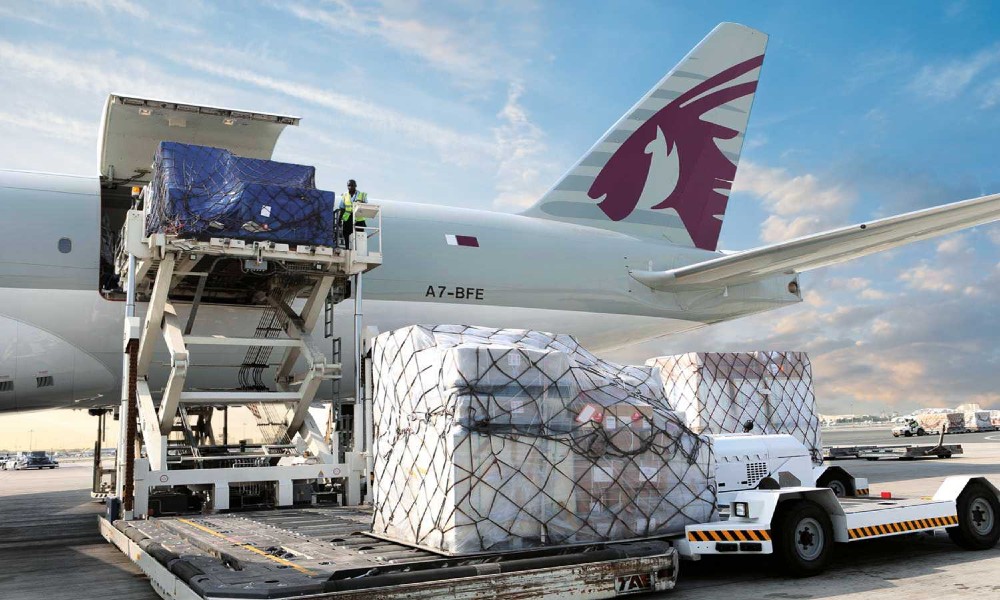
IATA July data shows cargo demand remains strong
Global demand, measured in cargo tonne-kilometers (CTKs*), was up 8.6 percent. Overall growth remains strong compared to the long-term average growth trend of around 4.7 percent. Capacity continues to recover but is still 10.3 percent down compared to July 2019.

Global cargo demand in July, measured in cargo tonne-kilometers (CTKs), was up 8.6 percent, according to data released by the International Air Transport Association (IATA)
Overall growth remains strong compared to the long-term average growth trend of around 4.7 percent. Capacity continues to recover but is still 10.3 percent down compared to July 2019.
“The economic conditions continued to support air cargo growth. The July export orders component of the manufacturing Purchasing Managers Indices (PMIs) was 52.7, indicating a short-term boost to demand if those orders are shipped by air. The inventory-to-sales ratio remains low ahead of the peak year-end retail season,” the release said.
Wille Walsh, IATA Director General, had this to say. “July was another solid month for global air cargo demand. Economic conditions indicate that the strong growth trend will continue into the peak year-end demand period. The Delta variant of Covid-19 could bring some risks. If supply chains and production lines are disrupted, there is potential for a knock-on effect for air cargo shipments.”
North American carriers do best in July
North American carriers posted a 20.5 percent increase in international demand in July 2021 compared to July 2019. New export orders and demand for faster shipping times are underpinning the North American performance.
Asia-Pacific airlines saw demand for international air cargo increase by 4.4 percent. Demand is being affected by an easing of momentum in key activity indicators in Asia, and by congested supply chains.
European carriers posted a 6 percent increase in July 2021 compared to the 2019-period. Manufacturing activity, orders and supplier delivery times are still favorable to air cargo.
Middle Eastern carriers posted an 11.3 percent rise in international cargo volumes in July 2021 versus July 2019. Some routes are still posting strong performance, for example on the large Middle East–Asia trade lanes.
Latin American carriers reported a decline of 10.2 percent in international cargo volumes in July compared to the 2019 period. Although Latin America continues to show the weakest regional performance, the comparison with pre-crisis traffic levels has been highly volatile in recent months. Several trade routes to/from Latin America are performing well, such as North-Central and North-South America and Europe-South America, confirming that demand for air cargo in the region is recovering from the crisis, the release said.


